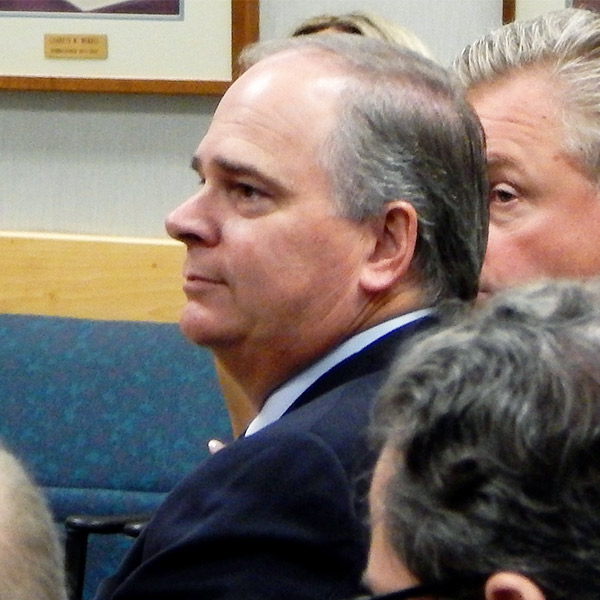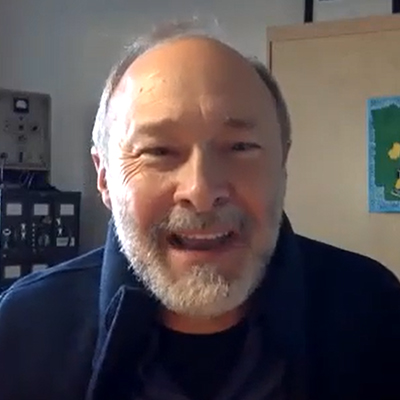SPP’s Board of Directors has given its state regulators the go-ahead to file a proposed tariff change that would allow load-responsible entities (LREs) to qualify for and receive exemptions from deficiency payments for not meeting their planning reserve margin (PRM) requirements.
Under the RTO’s tariff, the Regional State Committee has the authority to direct staff to file changes with FERC without the board’s approval. SPP’s directors yielded to the RSC on Oct. 25 by authorizing the filing after the committee’s earlier approval of the revision requests (RR 515).
In doing so, the board disappointed stakeholders who had approved a slightly different version of RR515 brought forward by the Supply Adequacy Working Group (SAWG) two weeks earlier. (See “Members Address Resource Adequacy,” SPP Markets and Operations Policy Committee Briefs: Oct. 10-11, 2022.)
Speaking for the stakeholders she represents as the Markets and Operations Policy Committee’s chair, Evergy’s Denise Buffington said she expects the waiver process to fail at FERC.
“Not because of the substance of the process, but because it is likely to be protested by SPP stakeholders,” she told the board last week. “This gives FERC an easy path to deny something that is hard. I believe they’ll do that because, first of all, they don’t like granting waivers. So, if we are not in lockstep about what the waiver looks like and the criteria and all … the easy thing for FERC to do is to say, ‘There is no waiver.’ So essentially, the results of the decision that was made yesterday means that more responsible entities are likely not to have an option of a waiver.”
Several members suggested SPP’s stakeholders should ensure that important issues are vetted appropriately. Board Chair Larry Altenbaumer agreed, saying, “This is a tough issue because it tends to be a bifurcated issue.
“There are certain responsibilities that are vested with the RSC. This is one of them. And I think the RSC has the full authority to determine how they want to reach their decisions,” Altenbaumer said. “Where I sit as a board member, I think we all strive and desire and try to help facilitate reaching consensus and alignment among our stakeholders. My view is that what we are attempting to do here is to try to reengage the stakeholder process to see if we can now come up with something that might be a balanced outcome.
“I think in the final analysis, the board has to act independently,” he added.
The RSC approved a version proposed by its Cost Allocation Working Group and tweaked by the Market Monitoring Unit. It calls for up to a two-year exemption from deficiency payments, whereas the MOPC version allows a three-year exemption. The CAWG proposal also requires LREs to meet two tests to claim the waiver, while MOPC’s only required complying with one of the two.
LREs would qualify for the waiver in both versions by demonstrating they have enough capacity to meet forecasted load for the upcoming season and the prior effective PRM. Under the CAWG version, they must also prove by a certain date each year that sufficient capacity for purchase has not been identified on a virtual bulletin board; they have a contracted obligation to purchase capacity; and they have a pending request for enough interim, surplus or replacement generator interconnection service to provide planning reserves to SPP.
During a closed-door education session for the RSC on Oct. 24 before its regular meeting, the MMU presented its revisions to the CAWG proposal that included extending the deadline for waiver exemptions from March 10 to May 1 and allowing LREs to cure at least a portion of their deficiency, thus reducing the penalty. The RSC accepted both suggestions.
Buffington protested the lack of stakeholder input into the MMU’s recommendations. RSC President Randy Christmann, a member of North Dakota’s Public Service Commission, countered by telling the board that the assertion that the MMU’s changes were never brought to MOPC “almost makes it sound like it was some surprise thing that was brought on the membership yesterday.”
“Well, the fact of the matter is I studied it up in North Dakota and learned about it, and multiple other states did as well, and I’m confident that companies are aware of those postings,” Christmann said.
The board in July approved an increase to the RTO’s planning reserve margin from 12% to 15%, effective next year. MOPC had recommended a “stair-step” increase by adding a percentage point to the PRM over three successive years. (See SPP Board, Regulators Side with Staff over Reserve Margin.)
Stakeholders have said they support an adequate PRM, but that the sudden 25% increase has left them with just a few months to acquire significant enough capacity to meet contractual obligations. Some also complained that not enough excess capacity is available for purchase.
“People have been ghosted. … They’ve been offered capacity, but then it’s pulled back,” Golden Spread Electric Cooperative’s Natasha Henderson, the SAWG’s chair, told the RSC. “It’s pulled back because of the uncertainty that we’re dealing with [over] what’s the right policy.”
Several state regulators expressed concern that the stakeholder process had not reached full consensus. However, they approved the modified CAWG version by a 9-3 margin. Kansas’ Andrew French, Oklahoma’s Dana Murphy and Texas’ Will McAdams all voted against the measure.
“Everything I’ve heard this week is that we have more time to explore this. We’ve had these issues in the past where people want to continue debating … I don’t feel like we’re right there yet,” French said. “My biggest concern is, have we really run this down to the best solution it can be? This will be in the tariff. … It’s going to be the process moving forward.”
Evergy, Golden Spread, Liberty Utilities, Oklahoma Municipal Power Authority, Public Service Company of Oklahoma and Southwestern Public Service were the only representatives of the 22-person Members Committee to vote against authorizing RR515’s filing.
A virtual bulletin board for informational purposes only will be developed so LREs and generation owners can view and post requests to buy or offers to sell power. All information on the board will be confidential, with only the MMU able to review the data.
SPP bases its reserve margin requirement on a probabilistic loss-of-load expectation study during summer months that is performed every two years to determine the capacity needed to meet the reliability target of a one-day outage every 10 years (0.1 days/year).



